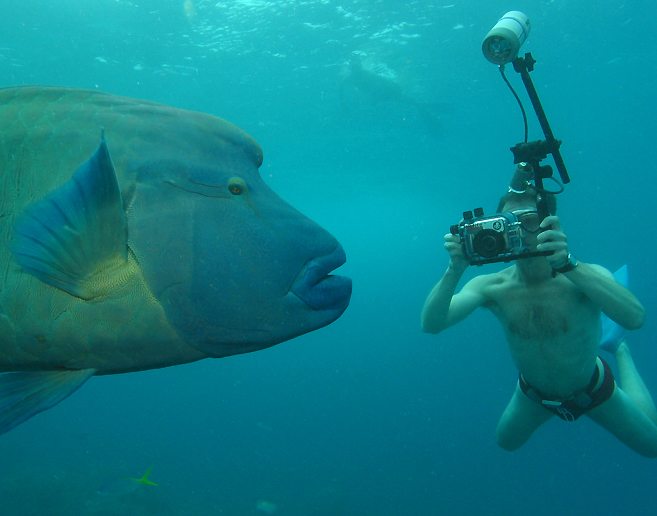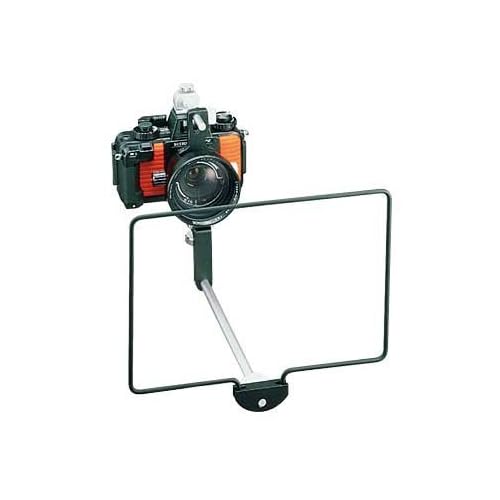When you want to take a photo in the water, not only simple camera which can take a photo but you also need their Equipment as well. Most of Underwater photographers have several basic options for equipment such as A compact digital point and shoot camera, a compact digital camera with full exposure controls, and an SLR.
photo: euphoria-magazine.com
Unlike earlier amphibious or waterproof camera such as the Nikonos, which is designed specifically for use underwater, these cameras now require a housing to keep them water proof. Nikon discontinued the Nikonos series in 2001 and it is a 35mm film system, so it is somewhat obsolete, but some photographers still choose this approach.
Sea and Sea continues to manufacture an amphibious range finder camera that utilizes 35mm film, the Motor Marine III. Housings are specific to the camera and are made of several things from inexpensive plastic to high-priced aluminum cases. Housings allow many options, since the user can choose a housing specific to their everyday "land" camera, as well as utilize any lens in their collection.
In practice, underwater photographers generally use either wide-angle lenses or macro lenses, both of which allow close focus, thereby eliminating the need to have excessive water between the camera and subject. Digital media can hold many more shots than standard photographic film. This is one of the primary advantages of using digital camera underwater, since it is impossible to change photographic film underwater.
Photo: richard-seaman.com
The instant feedback provides faster learning and improved creativity, which is why virtually all underwater photographers now use digital cameras. All underwater housings are outfitted with controls knobs that access the camera inside, giving the photographer use of most of its normal functions. These housings may also have connectors to attach external flash units.
Some basic housings allow the use of the flash on the camera, but the on-board flash may not be sufficiently powerful and are improperly placed for underwater applications. More advanced housings either redirect the on-board strobe to fire a slave strobe via a fiber optic cable, or physically prevent the use of the on-board strobe.
Housings are made waterproof through a system of silicone o-rings at all the crucial joints. There are optical issues with using cameras inside a watertight housing. Because of refraction, the image coming through the glass port will be distorted, in particular when using wide-angle lenses. The solution is to use a dome-shaped or fish-eye port, which corrects this distortion. Most manufacturers make these dome ports for their housings, often designing them to be used with specific lenses to maximize their effectiveness.
The Nikonos series allowed the use of water contact optics: ie, lenses designed to be used whilst submerged, without the ability to focus correctly when used in air. There is also a problem with some digital cameras which do not have sufficiently wide lenses built into the camera. To solve this, there are housings made with supplementary optics in addition to the dome port, making the apparent angle of view wider.
Some housings also allow for the use of wet-coupled lenses, which thread on to the exterior of the lens port and increase the field of view. These wet-coupled lenses may be added or removed underwater, allowing for both macro and wide angle photography on the same dive. With macro lenses, the distortion caused by refraction is not an issue, so normally a simple flat glass port is used. In fact, refraction increases the magnification of a macro lens, so this is considered a benefit to the photographer, who may be trying to capture very small subjects.
Monday, January 26, 2009
Underwater Camera Equipment
Labels: Nikonos, Underwater Camera Equipment
Posted by ThanateTan at 10:27 PM
Subscribe to:
Post Comments (Atom)


0 comments:
Post a Comment